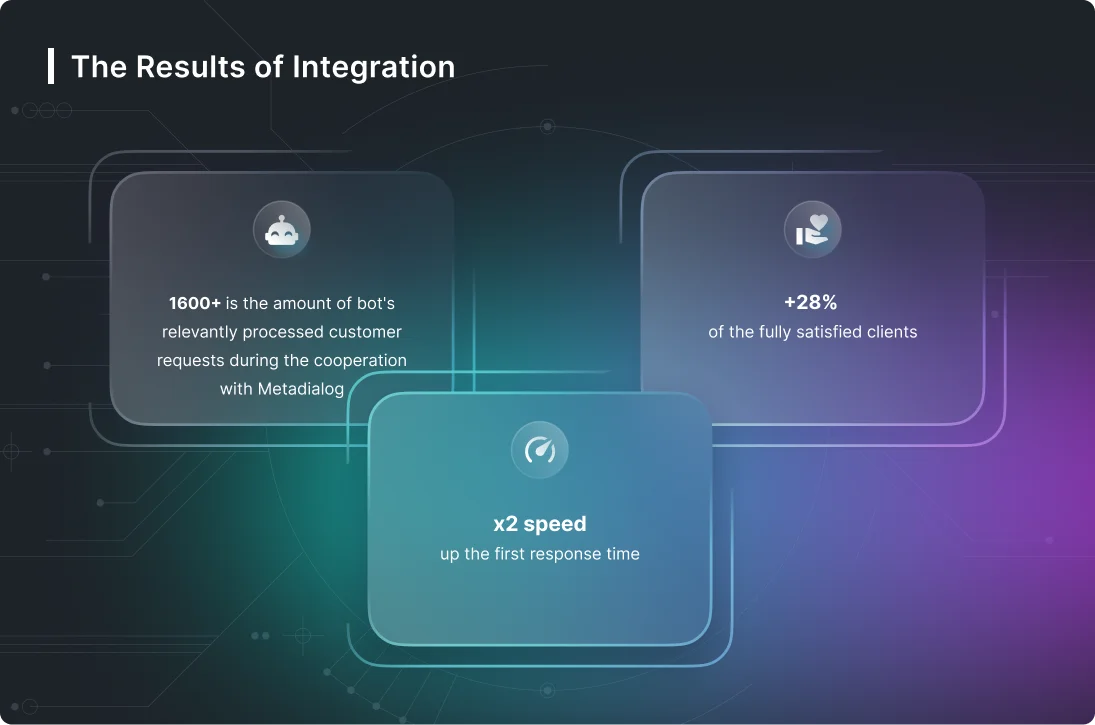**Using Flask to Build a Rule-based Chatbot in Python**
*Build A Simple Chatbot In Python With Deep Learning*
_By Kurtis Pykes_
People are now leveraging ChatGPT’s impressive AI capabilities to generate side income. If you’re interested in making some tidy profit with chatbots, keep reading—we’ll show you how to get started.
Once you’re satisfied with how your bot is working, you can stop it by pressing **Ctrl+C** in the terminal window.
—
### Managing Configuration with Config.py
In the development process, we import the `Config` class from a `config.py` file. This is where we store configuration parameters such as API tokens and keys safely and efficiently.
—
### Beginner-Friendly Guide for All Platforms
This guide targets general users and explains instructions clearly with examples. So even if you have only basic computer knowledge, you can easily create your own AI chatbot.
You can build a ChatGPT chatbot on virtually any platform — Windows, macOS, Linux, or even ChromeOS. For this tutorial, Windows 11 is used, but the steps are nearly identical for other platforms.
—
### Enhancing Your Chatbot with Google Search API
To create a simple chatbot with vast knowledge, one approach is integrating Google searches via a Python API. This lets your chatbot pull fresh, relevant information dynamically.
—
### Creating Searchable Bluesky Bookmarks with R
Some developers use R to create searchable bookmarks on platforms like Bluesky, providing quick analytics like counting the number of guilds or servers a Discord bot connects to.
—
### Building a Discord Bot with Python
Before coding a basic “Hello World” for a Discord bot, certain preparatory steps are necessary. Several Python libraries, like `discord.py`, provide wrappers around the Discord API, each with unique features but ultimately accomplishing the same goal.
This tutorial will get you started on creating your own Discord bot using Python effectively.
—
### Applications of AI in Industry
Industry professionals like Gaimar and Gloria Azimbe have shared their aspirations for AI’s future in pharma and finance sectors. Developers such as Areeb Salsabil are building AI tools including resume modifier chatbots that automate key tasks.
—
### Improving Your Chatbot’s Performance
While creating a basic functional system is straightforward, significant improvements depend on choice of software and hardware technology. Although limited-resource deployments provide decent service to a smaller user base, achieving the complex performance of systems like ChatGPT requires expensive models and hardware.
—
### Running R in Visual Studio Code
Developers looking to incorporate R can use Visual Studio Code (VS Code) with appropriate extensions, enabling a smooth coding experience.
—
### Building a Chatbot from Scratch
We will implement a chatbot from scratch capable of understanding user inputs and providing appropriate responses. Notably, private AI chatbots can run entirely locally without internet access, preserving user privacy.
For example, tools like PrivateGPT currently lack a web interface and run via the command-line. However, they promise performance gains once GPU support is introduced.
—
### What Are Chatbots?
A chatbot is a computer program designed to simulate human conversation through artificial intelligence. You can chat with it as you would with a human. Chatbots serve diverse functions including customer support, information dissemination, and entertainment.
—
### Open-Source Platforms and Technologies
To build efficient chatbots, developers often utilize open-source platforms and libraries such as Python, Pip (Python’s package manager), OpenAI, and Gradio, alongside a code editor like Notepad++ or VS Code.
These technologies blend retrieval-based and generation-based models in natural language processing (NLP) for best results.
—
### Flask for Web-Based Chatbots
Flask is a popular Python micro-framework ideal for building small web applications. In earlier tutorials, we showed how to train custom chatbots using the ChatGPT API with Flask as the backend.
—
### Managing Flask Server Settings
In your Flask project’s `settings.py`, set parameters such as `DEBUG` to `False` and specify permissions for hosts allowed to connect to your server. This ensures smooth deployment with sufficient security.
—
### Building AI Skills with Django and More
Learning frameworks like Django alongside AI integration equips you with skills necessary for full-stack development, data engineering, and managing interactive web services—highly sought in tech careers today.
—
### Examples and Tools for Chatbots
Chatbot tools can include:
– Web browsing capabilities
– Calculators
– Python interpreters
– API interfaces
These tools expand a chatbot’s functionality dramatically.
—
### Differentiating AI Chatbots from Assistants
While often used interchangeably, “AI chatbots” and “assistants” can mean different things. This guide distinguishes the terms and their respective use cases before diving into coding examples.
—
### Setting Environment Variables for API Keys
Before running your Python scripts that interface with OpenAI’s services, you must set environment variables with your API keys securely. Use Python’s `os.getenv()` function to access these keys within your code.
—
### Developing User Interfaces
Creating user-friendly interfaces may involve building simple views with input fields, buttons, and live status indicators to improve the user experience.
—
### Leveraging Huggingface Models
Huggingface provides access to a wide range of pre-trained models including code generation, chatbots, and general purpose response generators. Connecting your chatbot to these models allows for varied functionalities.
—
### Agents and Vector Embeddings in AI
Modern chatbots use agents for specific tasks such as grounded question-answering or API interfacing. Vector embeddings enable better semantic understanding and long-term memory by representing data in mathematically meaningful ways.
—
### Real-World Testing and AI Journalism
AI journalist Alex McFarland has tested AI models to compare their capabilities in humor and narrative following, providing valuable insights into practical AI behavior.
—
### Getting Started with Chatbot Development
To start:
1. Install Python and ensure you check the box for “Add Python.exe to PATH” during setup.
2. Use Pip to install necessary libraries and dependencies; this may take 10-15 minutes.
3. Write your chatbot code and set your configuration files accordingly.
4. Run your chatbot from the terminal or command line.
—
### Final Thoughts
Building a Python chatbot using Flask or other frameworks offers an accessible entry point into AI development. While high-end AI like ChatGPT requires significant resources, you can create functional, useful chatbots tailored to your needs using available open-source tools and APIs.
By following this tutorial and leveraging the right technologies, you can develop your own AI chatbot capable of engaging users, providing information, or even entertaining your audience.
—
**Stay tuned for more tutorials and updates on AI chatbot development!**
https://cryptoverze.com/ai-chat-bot-python/?utm_source=rss&utm_medium=rss&utm_campaign=ai-chat-bot-python


